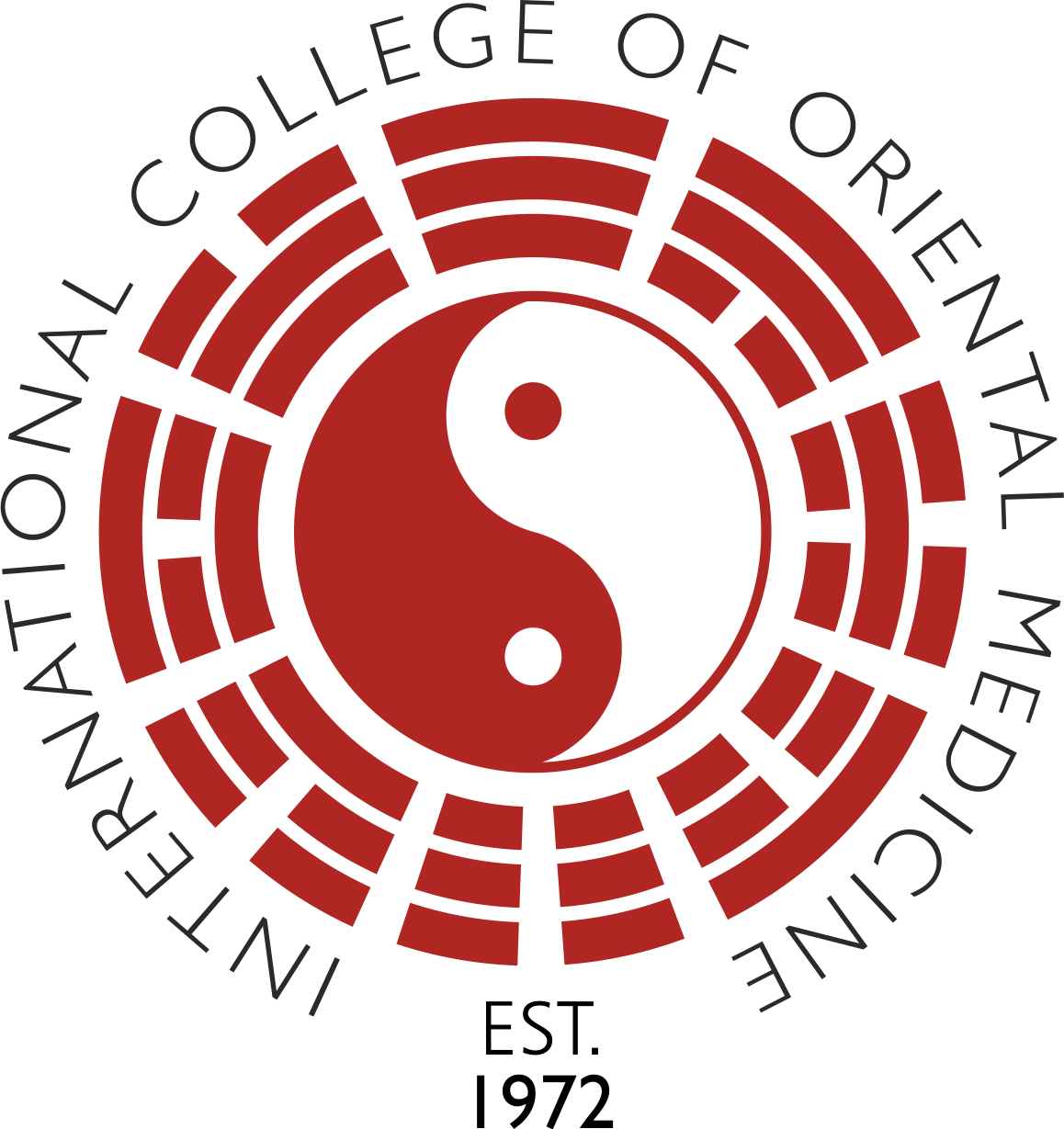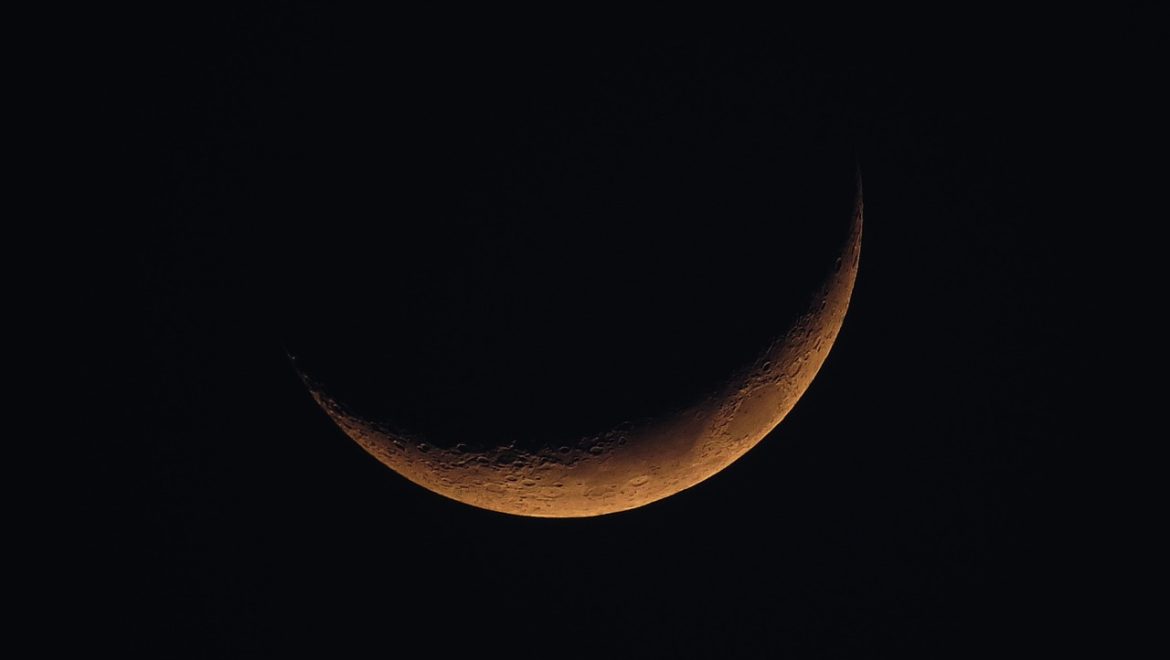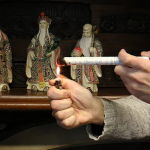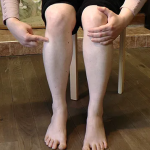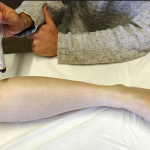During autumn and winter everything in Nature starts to move inward. This is a natural cyclical process that allows life to be constantly renewed. What is not essential is shed away: trees abandon their leaves showing their intimate form; fruits’ pulp gets rotten to give nourishment to the bare seed now stored deep into the soil waiting for the next cycle to start in spring.
Peasant societies, following these cycles, used to reduce their activities in winter and spent time to recover from the frenetic summer season. On the contrary, in post-modern societies human beings, mostly disjointed from the cycle of nature, do not ever decrease their activities and, especially during the crucial change between autumn and winter, suffer from a vast range of diseases. As a consequence, our physiological processes, particularly the ability of our immune system to cope effectively with environmental changes, may be more easily compromised.
If you are struggling with your energy levels, on the verge of a cold, feeling a bit depressed and unmotivated you can find a little help in a simple East Asian technique called Moxa.
Moxa is a therapy based on the application of heat on Acupuncture points using a dry yellow cotton-like substance made from an herb called “Mogusa” (mugwort or Artemisia vulgaris). Rice grain-size cones of Moxa are placed directly on the skin and lit with an incense stick (the cone is then taken away before it burns down to the skin producing a warmth sensation deep into the area treated); alternatively, a cigar-like moxa stick is held a couple of inches away from the skin.
An ancient Japanese story from the Edo dynasty tells of a farmer who lived way beyond 100 years. When people asked him whether he had any secret to maintain his exceptional health, he answered that, like his father and the father of his father before him, he used to burn moxa on the Acupuncture point called ZuSanLi – St36 every day.
More recent records report that the famous Japanese Doctor Shimetaro Hara used to burn moxa on his St36 every day. He lived 108 years and when he died in 1991 he was the oldest man in Japan. Doctor Shimetaro Hara also studied the effect of Moxa in strengthening the immune system. He concluded that excellent results could be obtained using the New Moon Eight Day Method: daily rice grains from the start of the new lunar month at new moon for 8 days. The application of rice grains moxa requires specific training. Here are the simple steps of a safer version of the New Moon Eight Day Method.
What to do
- Ensure that the room is well ventilated (i.e. something like a conservatory)
- Light up the moxa stick and gently blow on it to ensure that all the tip is burning – no flame should be seen (always blow away from your body and other people’s body as well as easily inflammable objects)
- Locate Zu San Li – St36 The point is four finger widths below the bottom of your knee cap, along the outer edge of your shin bone. If you locate the point correctly, a muscle should pop out as you move your foot up
- Apply the moxa stick a couple of inches away from the point
- Make sure that the stick does not dip towards the skin as you relax
- Do it for 5 min or until a warm sensation starts diffusing along the leg
- If you wish, you can do it twice a day
- Repeat the procedure every-day for 8 days starting at new moon
- Light up the moxa stick and gently blow on it to ensure that all the tip is burning – no flame should be seen (always blow away from your body and other people’s body as well as easily inflammable objects)
- Locate Zu San Li – St36 The point is four finger widths below the bottom of your knee cap, along the outer edge of your shin bone.
- Apply the moxa stick a couple of inches away from the point
A clinical research carried out by Dr. Yoshito Mukaino in the sports science laboratory of Fukuoka university in Japan confirmed that stimulating St-36 increases ‘Maximum Oxygen Uptake’ which is the corner stone of the contemporary idea of maintaining health. Furthermore, ‘Maximum Oxygen Uptake’ prevents and improves recovery time from conditions such as hypertension and diabetes and also decreases cancer rate: a nice example of convergence between modern science and ancient wisdom.
